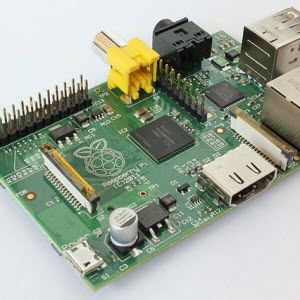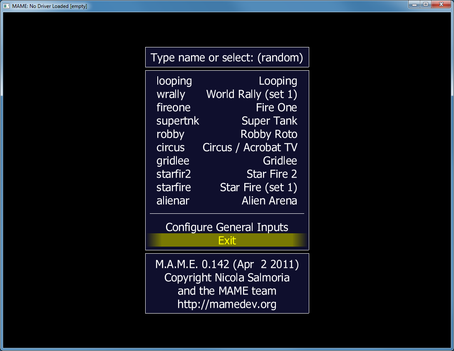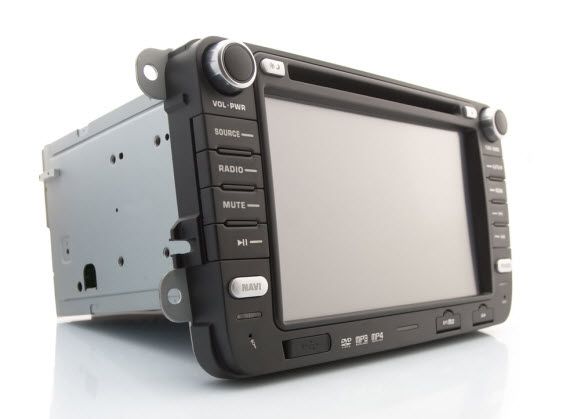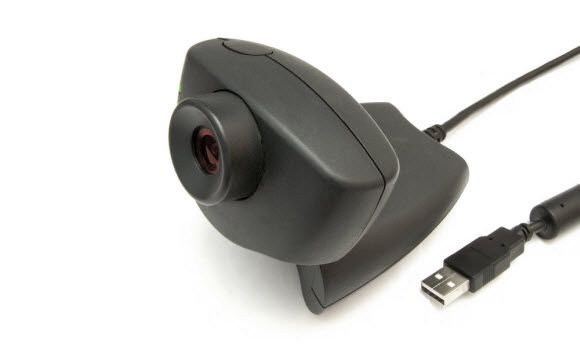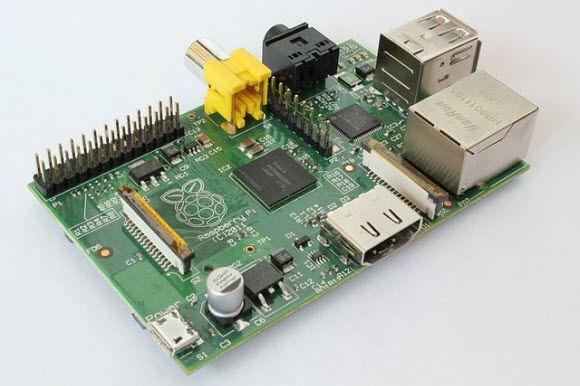I’ve recently received my Raspberry Pi after a long wait – and I’ve got quite a few plans for it. The problem is, I’m not totally sure which project I want to attempt first. While the idea of a carputer is a compelling one, my mobile phone and GPS unit seem to fulfill this purpose already.
Meanwhile, I’ve long had ambitions to build a MAME arcade machine unit, but never quite got around to it. So, to try and make up my mind I've compiled a list of the top 5 amazing uses for the Raspberry Pi.
Raspberry Pi – More Than Just a Cheap Computer!
As you probably know, the Raspberry Pi was conceived, designed and built to provide an affordable yet functional computer for students to learn the basics of programming and software development.
This most noble of purposes has resulted in a device that is capable of much more than that. While the various Linux distros that have been tailored to work with the Pi will afford a small amount of additional functionality there are various projects underway (and in some cases complete) that will enable the pocket-sized computer to be used in a variety of fascinating new ways.
Arcade Machine
If gaming is your thing, the Raspberry Pi is a perfect starting point for a retro-esque gaming center, preferably of the MAME variety. You’ve probably seen custom-built arcade machines around the web, powered by old PCs with towers and CRT monitors housed in them, but the PI can change all of this.
In order to do this you will need emulation software. This might range from an 8-bit OS such as the Commodore 64 to a standard MAME (Multiple Arcade Machine Emulator) installation, although note that due to the lack of hardware acceleration on the Raspberry Pi, compatibility with games since the mid-1990s is limited.
Carputer
Ever wanted to stick a computer in your car to manage all of those in-car entertainment and GPS issues?
Thanks to the Raspberry Pi’s micro USB port, a standard smartphone car charger can provide enough power for booting up, although there could be limitations to the USB ports when it comes to actually plugging devices in, such as a touchscreen display and storage for your MP3 collection. Similarly a GPS unit might in theory be connected, but development in this area is incomplete.
However, there are plenty of ways in which the PI can be made to work as an MP3 storage with existing media head units that come pre-installed in many modern cars.
Internet Radio
A more straightforward use for your PI might be to keep it wired up at home (in a custom case or one of the many boxes that are available) and connected to your local network to provide easy access to Internet radio.
In order to use this you will need a compatible, small LCD and an input device, along with dedicated Internet radio software. If a display and input device are not priorities, a mobile phone or tablet can be used instead, along with the MPD web radio streaming software for Linux.
Using SSH you can remotely connect from a suitable networked device and add and remove items on the Raspberry Pi, making this a flexible and compelling use for your new mini PC! Media streaming is also possible – see below for more details.
Security System
If you have small children or wish to keep an eye on what is going on outside your home, you can connect a couple of webcams to your PI and use a Wireless-G USB dongle (Wireless-N might be considered overkill for streaming webcam pictures) to view the images elsewhere in your home or from a remote location.
Choosing a camera means finding one that is compatible with Linux, but once this is done you can use ffmpeg to stream via HTTP and view the images via a mobile phone or other suitable networked device.
Media Streaming
One of the most popular PI projects seems to be to use the device as a compact media center. With its ability to output HD video, the mini PC is ideal for viewing content stored on other devices, on storage media connected by USB and for streaming content stored online.
Probably the best way of achieving this is via RaspBMC, available from www.raspbmc.com. Once installed, a version of XBMC is downloaded and installed to the Raspberry Pi, ready to accept plugins for popular services (such as BBC iPlayer in the UK).
The small size of the Pi and the possibilities of accessing XBMC via a mobile app make this use for the computer potentially the most powerful.
Conclusion
In the end it was a tough decision, but ultimately the power of the Raspberry Pi as a media streaming device with the option for local storage was too much to resist. While it’s easy enough to setup a games console as a media streaming device (or even plug a USB stick into a modern TV and watch videos) the ability of the PI to effortlessly fulfill a role usually performed by much larger devices is so compelling that it cannot be overlooked.
To check the progress of other PI users with these and any other projects, head to the computer’s official community.
Image Credits: DASHBot [Broken URL Removed], JWRodgers, Carputer via Shutterstock, Internet Radio via Shutterstock, Webcam via Shutterstock, Media Cloud via Shutterstock

